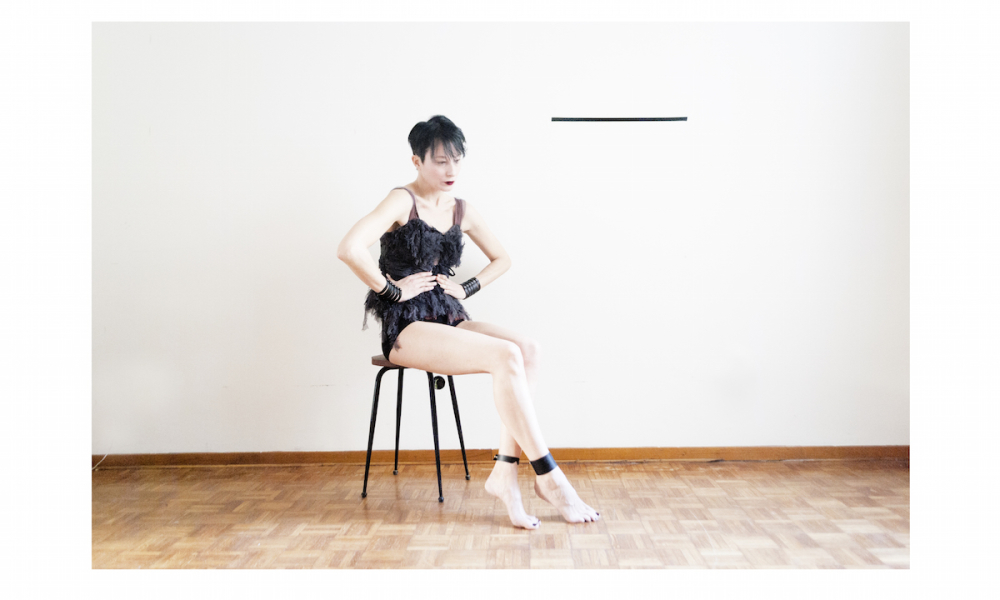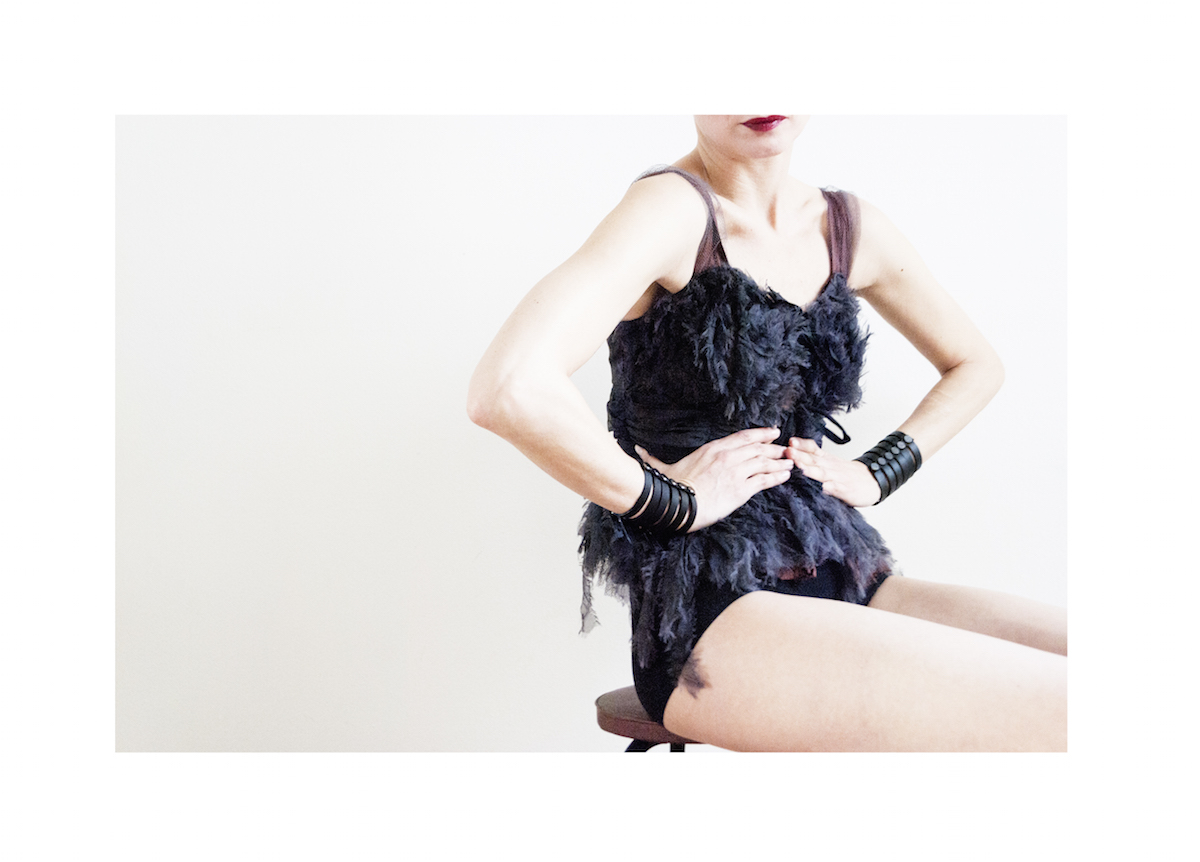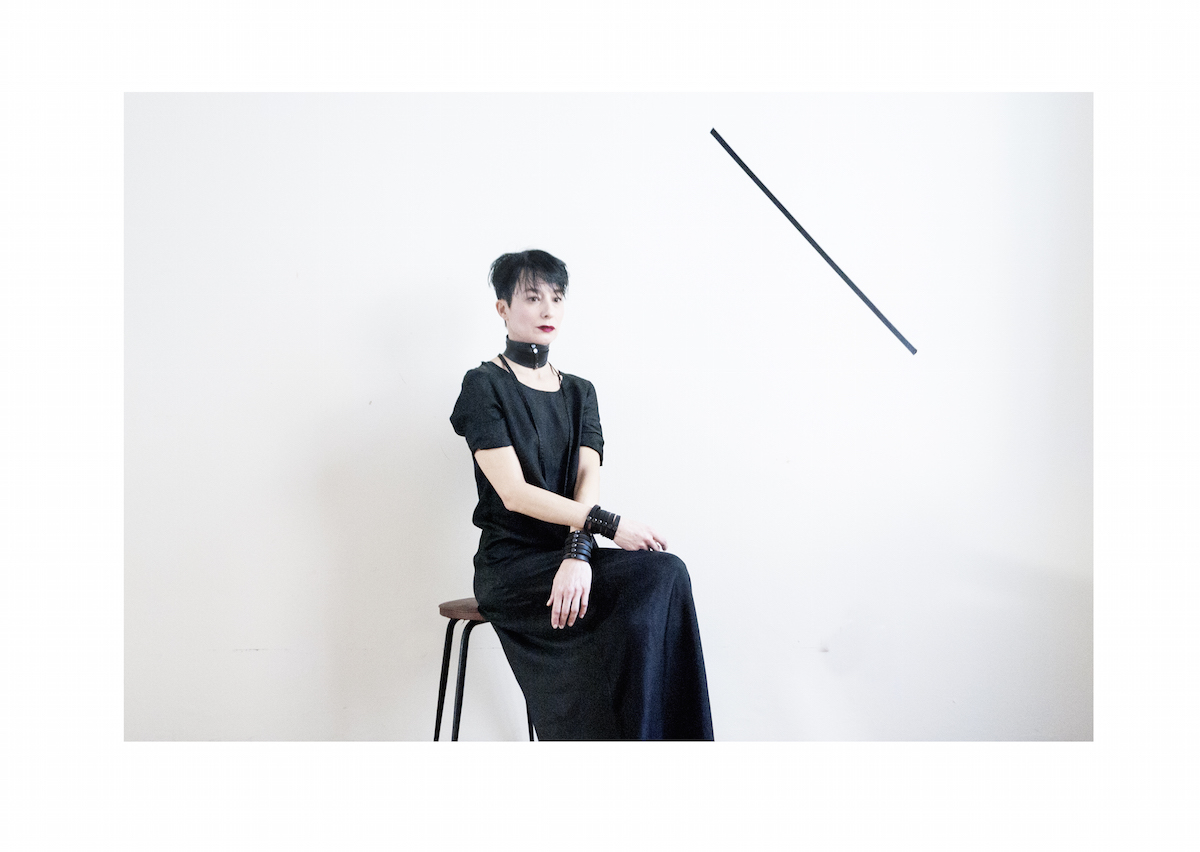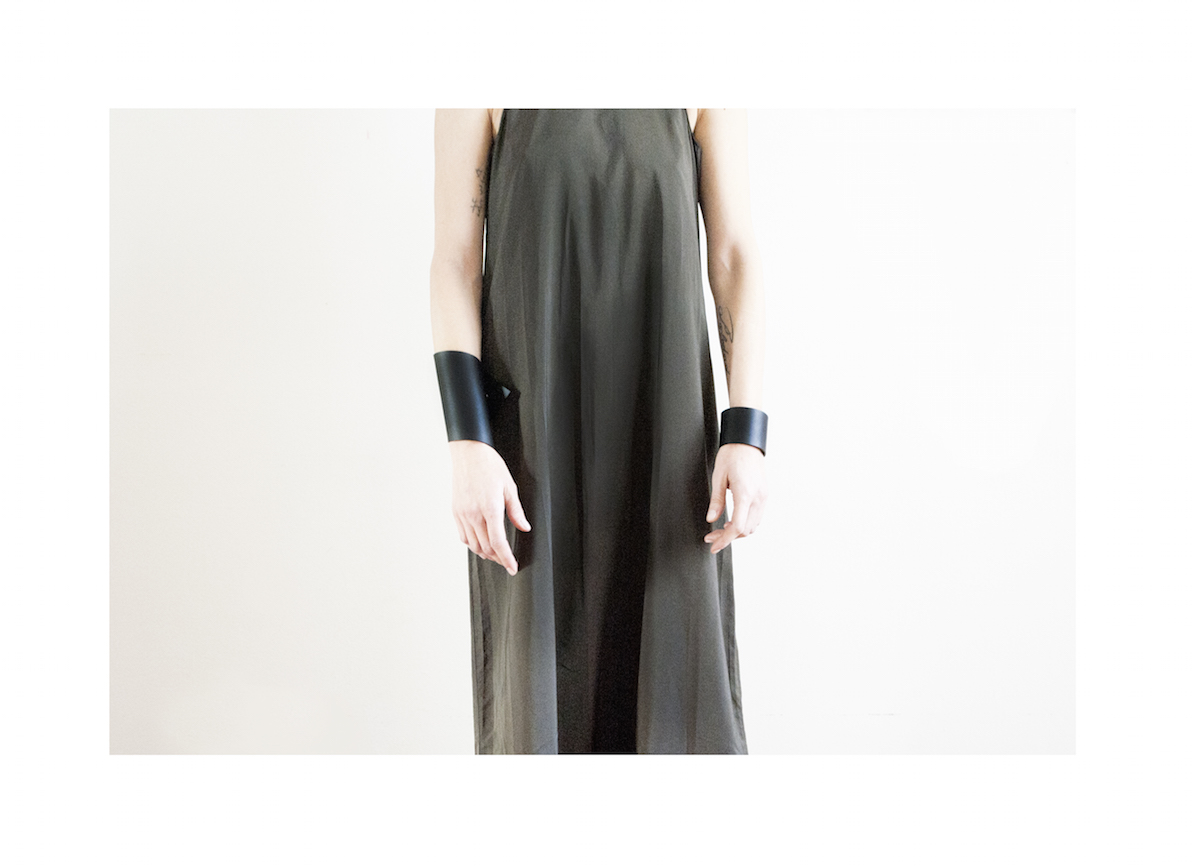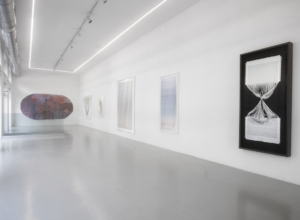“La moda per me? Un vasto territorio creativo dove ciascuno è libero di fare quello che più gli piace senza limiti, etichette o categorie atte a definire. So che la fashion industry va in un’altra direzione ma mi piace pensare alla moda come a una forma d’arte contemporanea capace di interpretare i bisogni di un mondo che cambia tanto in fretta.”
Nata e cresciuta ad Atene, in Grecia, Theano Ravazoula-Potamianou poco dopo aver intrapreso il corso di laurea in economia aziendale presso l’Università di Piraeus decide di assecondare la sua vena creativa viaggiando per il mondo e lavorando come modella. Si appassiona e studia interior design, frequenta corsi di grafica e infine ricopre il ruolo di editor per diverse riviste di interior e lifestyle. Fa nascere insieme al marito la Visual Bytes, un’azienda specializzata in progetti di grafica, 3d e web design e poi, nel 2013, spinta da un bisogno più personale, intimo, di evoluzione creativa fonda Aumorfia.
Un progetto che aveva in animo da molto tempo e che muove dalla volontà di esplorare i concetti di “ομορφιά” (bellezza) e “αμορφία” (senza forma), di indagare lo spazio della loro possibile intersezione per esaltare il fascino di oggetti che, a dispetto di caratteristiche prettamente geometriche, si prestano a continue trasformazioni e fluttuano insieme al fluttuare del corpo umano assumendo così forme sempre differenti, inattese, quasi fossero essi stessi parte del corpo o estensione di un indumento.
“Ho sempre preferito gli accessori, anche ai gioielli, come complemento del vestire. Volevo elementi che potessero essere in sintonia con la mia estetica, con il mio amore per il nero e per le linee nette e che potessero essere indossati dando un tocco discreto eppure distintivo a un outfit senza mai sovrapporsi ad esso.”
Tutto intorno era troppo adorno e ridondante, sembrava quasi fare ombra sul resto, perfino sulle persone. Serviva qualcosa di più dinamico, evocativo di un desiderio di libertà; l’intuizione viene dall’osservare la gente nel suo vestire quotidiano e dall’individuare nella pelle una sorta di filo conduttore. Essa diventa allora il punto di partenza di ogni singola creazione, di ogni accessorio che indossato è come il prolungamento dell’indumento, qualcosa che in origine faceva parte dell’abito stesso: esce fuori da una camicia, cinge un cappotto, dà forma a un vestito.
“Tutto il mio lavoro si basa su tre principi fondamentali: eleganza, minimalismo e simmetria. E non uso questi termini nell’accezione comune che gli si tributa nel campo della moda, non con l’intento di catalogare secondo convenzioni il gregge in estimatori e detrattori. Intendo piuttosto mettere dei capisaldi nel percorso che seguo per dare vita a ogni singolo elemento della collezione. Ho imparato, durante gli studi di design industriale, che per ottenere un prodotto semplice, lineare, funzionale, che non intende assecondare vincoli di taglia, stile o utilizzo serve un pensiero strutturato e approfondito capace di prendere in considerazione ogni singolo dettaglio del processo creativo. Un angolo di architettura, l’aria di un’opera, la scollatura di un vestito, un movimento che è parte di una coreografia possono essere tutti ugualmente fonte di ispirazione e, filtrati attraverso la mia lente, la mia sensibilità, concorrono a delineare lo stile Aumorfia.”
Una sintesi geometrica che applicata all’accessorio in pelle unisce eleganza a sofisticazione estrema. Architetture che abbracciano il corpo e lo custodiscono, corazze con le quali affrontare la vita. Così anche la nuova collezione FW/17, che verrà presentata a Parigi a marzo prossimo in occasione della fashion week, è come una armatura che indossata copre le ferite del passato e rende più forti nel viaggio incontro al futuro.
Desidero ringraziare per la cortese intervista Theano Ravazoula-Potamianou fondatrice di Aumorfia – web site – Facebook – Instagram.
Foto di Silvia Morin
Abiti del mio archivio personale Martin Margiela
D: Who is Theano Potamianou? Tell me something about your biography, your education and your interest in fashion.
T: Hi! I’m born and raised in Athens, Greece. I started with studies in business administration in the University of Piraeus but my lack of interest in that topic led me to seek a more creative area of education. After a four years break working and traveling all over the world as a model my mind settled on interior design. During my studies which included graphic design as well, I started working as an interior stylist assistant in several magazines and campaigns ending up as an interior editor for deco and lifestyle magazines, five years later. At that point, along with my husband, we founded Visual Bytes, under the name of which we are working till today on interior, graphic, 3D and web design projects. In 2013 I finally founded Aumorfia, a project that I was pondering over for a long time, to fulfill my need for a more personal, more evolutionary creative process.
D: Have you always shown preference for the accessories or did you discover them little by little?
T: I was always preferred accessories more than jewelry, meaning big pieces that complement the clothes. As I’m a fan of black clean contemporary fashion, I was looking for items to add a discrete but distinctive touch without imposing upon the outfit.
D: When did you start thinking about your own personal project Aumorfia and how did you develop it?
T: On my research for accessories that could be worn night and day, I was finding, mostly, statement, heavy or too fancy pieces. Everything was too much and from my point of view seemed to overlap the rest of the outfit. I wanted something more “quiet” in order to let all the details shine and most importantly, to let the personality of the possessor to shine. To give him/her, the opportunity to decide about the way that can be worn. In the beginning, I started to experiment with fabrics and cords, materials that are used for clothes and they could blend smoothly with the garments but what I had on my mind was more dynamic. Observing everyday people and the way we all dress, I realized that the common fact was the leather shoes and bags. So, it came to me as a natural outcome. What would be more balanced for an outfit than to end up on every apex with leather.
D: I need to understand your creative process and to know as much as possible about your aesthetic research: minimalism, geometry, leather…how do you combine them all? And where do you get your inspiration from?
T: With leather as a base for everything I design, my main concern is to stay true to the core of my concept. I want the final result to pertain to an item that looks like it is coming out of a shirt, wrapping a coat, shaping a dress, something that looks like it was probably always a part of the clothing. Above all these, come the principles of elegance, minimalism and symmetry. And I’m not using these terms in the broad sense that have been established in the fashion industry categorizing and separating the flock to followers and haters. I’m talking about the individual procedure that I’m following in designing each piece of every collection. As I’ve learned in the industrial design classes I attended during my studies, you have to work on every detail, through a complicated way of thinking and end up to a result that looks like it was realized with the minimum effort. Simple, clean and functional, no matter the size, the style or the use. These facts work as a filter through which, all inspiration passes and transforms into Aumorfia’s style. A corner of an architectural work, a dramatic point of an aria, a décolletage of a dress, a move of a choreography, all those go through my lens and reflect the spectrum of Aumorfia.
D: What is fashion to you and what does contemporary mean to you?
T: Fashion for me is a wide era of creativity where everybody is free to do whatever he likes, without borders or labels or boxes to fit in. I know that fashion business is the contrary but I like to believe that fashion is an art that has to be contemporary to keep pace with the needs of a fast changing society.
D: Talking about your last collection how would you describe it? I mean: the shapes, the colors, the mood.
T: My last collection for FW17/18 which will be presented in Paris fashion week at the beginning of March has to do with the procedure of healing and comprises of designs with very clean and straight stripes of leather, in two widths and hand stitched with each other, in complexes that imitate the bandages and the stitchings that are used for closing wounds. It’s a dark collection of armory items to cover our wounds of the past and reinforce us for the times to come.


